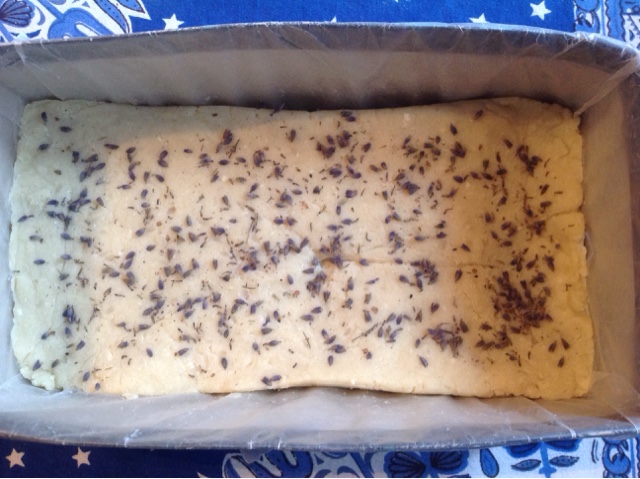So we have BIG CARS that hardly drive, cost too much, waste gas and money, and break down all the time. "AWESOME!"
And we have BIG HOMES that waste fuel, are hard to heat, hard to keep clean, expensive to furnish and break down all the time. "AWESOME!"
And we have big BANK ACCOUNTS that cost us our happiness, our connection to people in our communities, and don't correlate well to satisfaction. "AWESOME!"
Even in Permaculture some assume that the goal must be BIG PRODUCTIVITY per acre or square foot.
But that doesn't even make sense on big farm fields, where it wastes soil, water and fossil fuels, and due to the law of diminishing marginal utility, dramatically increases food waste as it increases processing and transport costs. While BIG AG claims BIG PRODUCTIVITY is the only way to "feed the world" it's common sense that more efficient return on investment and lower yields per unit would actually leave less food wasted and get more people fed and employed. This is especially true when one considers "total people fed over the system life" - the ONLY measure that means anything. A BIG PRODUCTIVE field may feed 4 times the people over the short term (in an ideal season,) but burns out its soil productivity in a short time, whereas a sustainaby productive system will feed a quarter of the people but if it lasts 100 times (or more) as long, it will feed 25 times (or more) people!
And MAX PRODUCTIVITY makes even less sense on the small farm or homestead, where it may not help the land stewards meet their personal goals, create good lives, serve their society well, or steward the land at all!
For me, the goal of the ideal Permaculture system is to optimally meet our needs now, and in the future, even if those needs might change a little. Which means for me, the goal is maximum flexibility while allowing us to invest in Permanent infrastructure, especially: "Flexible Adaptability of Input to Output." Meaning if we want to save money and time, it can go into "low input mode" being largely self-maintaining and still giving us a well-rounded diversity of production: plants, seed, nuts, fruits, vegetables, herbs, flowers, craft materials, fuel, etc. But if I want to, I can quickly adapt the system to respond to more inputs and more energy with greater productivity - of whatever market crop I want.
While I was out working the garden today, I did a little design exercise that I found very helpful. I imagined what some of my potential goals would be for this system at Lillie House, and how I could adapt the system to meet those goals (and how quickly.)
I realized that the more flexible our system is, the more likely our work is to last into the future!
Right now, our system is maximized for:
A BEAUTIFUL home living space that enhances our lives
Low-inputs
almost 0 off-site inputs
low maintenance
relatively high yields of plant material, seeds and cuttings as our main income crop,
emphasize perennial vegetables and fruit crops,
well-rounded yields of daily salads, fruit, vegetables, flowers, craft materials, herbs, medicines, calories and protein - IN AMOUNTS WHERE WE CAN EASILY HARVEST, PROCESS, AND USE THEM with no waste.
But I could imagine various scenarios where any of the following might become practical goals for the people living here.
Here's the thought exercise: For each of these goals, how would you adapt your system? Could you get there in 1 season?
1. Maximize productivity of vegetables while maintaining well-rounded diversity.
2. Maximize productivity of calorie crops while maintaining diversity of yields.
3. Maximize productivity of fruit while maintaining diversity.
4. Maximize production of annual vegetables while maintaining sustainability, not importing fertility and maintaining a diversity of yields.
5. Maximize production of herbs or medicines, etc.
6. Create a beautiful, stable, extremely low-input/low-maintenance home landscape for the non-agricultural family, that maximizes ease and beauty, but still gives the family access to healthy food, herbs, fruit, flowers, etc.
7. Maximize learning, education, or cultural opportunities on site while maintaining diverse yields, etc.
8. Integrate appropriate animal systems, chickens, etc. while maintaining diversity, etc.
For me, the "win" was that I could easily imagine steps I could take to quickly meet any of those goals in one season, without dramatically changing our design, infrastructure or earthworks! To me, that's a good design!
Of these, there are 3 goals the most useful seemed to be our current goal, #5 (most profitable for product sales) and #6 (for sale or property transfer) with an honorable mention to #7. None of those deal with maximizing productivity. The least useful is #4 as it is the least profitable and least health/life enhancing.









No comments:
Post a Comment